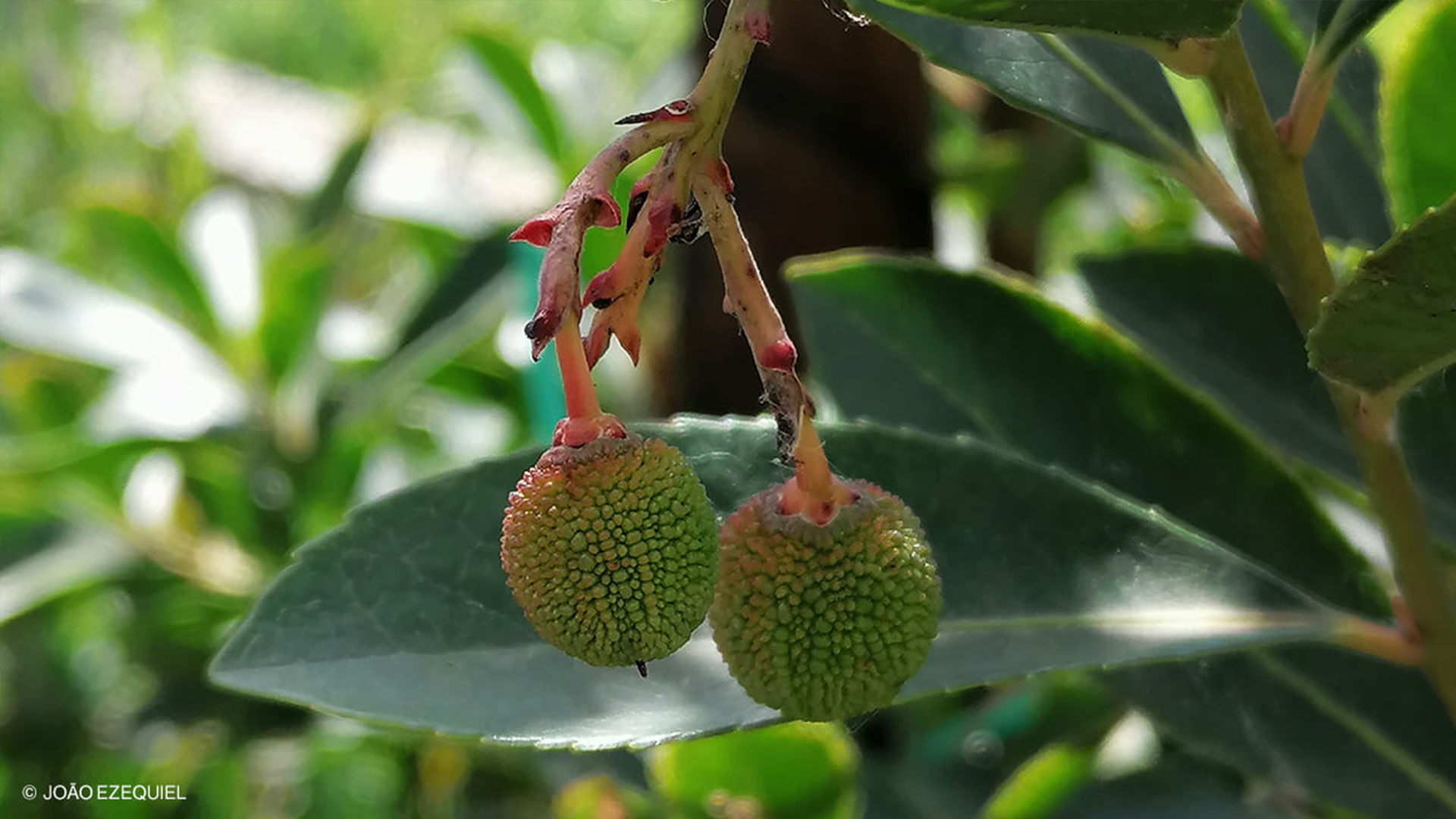More than a hundred and a half species, from small aromatic trees to large trees, share a common cradle: Viveiros Aliança. Given its diversity, size and innovation, this nursery originates plants we see in many of our gardens, parks and forests, in Portugal and beyond.
From almond, rosemary and holly to heather and westringia Viveiros Alança offers plants, shrubs and trees for all tastes and requirements. Altogether the company’s nurseries grow about 160 species, 30 of which are fairly common in our forests and in agroforestry, and 130 fairly frequent in large or small parks, gardens and yards.
Aromatic, medicinal, fruit producing, for forestry or simply ornamental purposes, all these trees are sown and developed in one of the company’s three properties – Penamacor, Tramagal and Pegões – thus making Viveiros Aliança one of the largest and most important plant producers in Europe.
These nurseries produce 12 million plants annually, six million of which are Eucalyptus globulus clones, and whose planting and early development is the company’s priority. This information was shared by Carmen Correia, the person in charge of the ornamental species department and who is very fond of these particular plants.
“Every day is important in the nursery”, explains Carmen, because there are always assorted tasks that need to be performed, from the preparation of the land to the availability of the substrates, and because each species has its specific traits and requirements.
For example, there are specific times and different methods to propagate them (through seeds or propagules, e.g. parts from a mother plant); there are species with various needs as regards cold, humidity and sun exposure; and there are even plants from the same species that grow more than others, requiring different care and even different periods of permanence in “shade houses”, greenhouses or flower pots.
The fact that Viveiros Aliança owns land in regions with different characteristics in terms of relief, soil and climate helps offer each species the personalised care they need. In the particular case of lavender, for example, sowing and the first shoots occur in Pegões estate, after which they are transferred to Penamacor where they can enjoy higher humidity levels, an essential factor for them to grow and gain size. The arbutus tree is also submitted to the same procedure.




